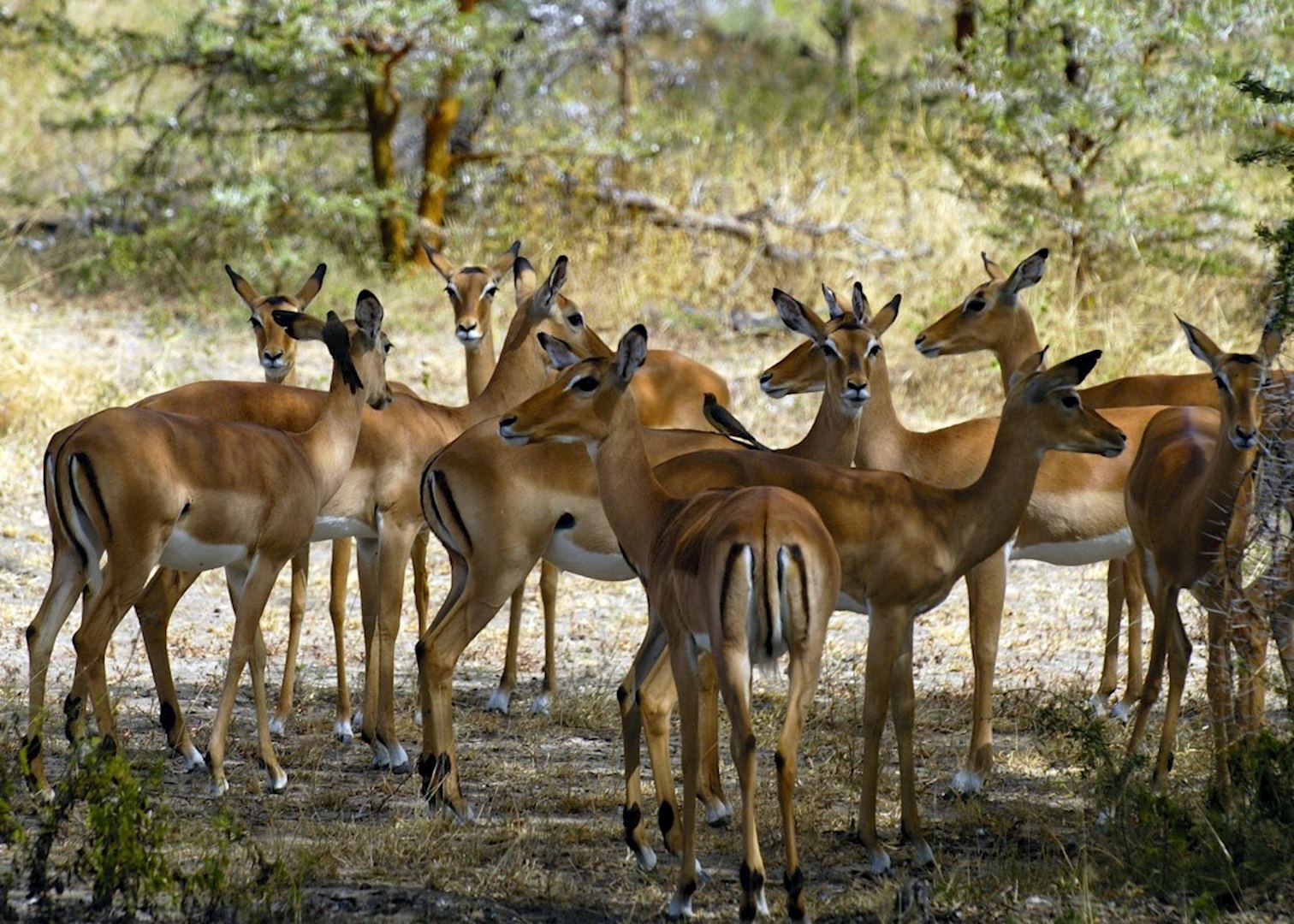
President John Magufuli has called for bids on a 2,100-megawatt hydroelectric plant to be built in a World Heritage site renowned for its animal populations.
The project in the UNESCO-designated Selous Game Reserve would more than double the country’s power generation capacity, ending chronic electricity shortages.
The Energy and Minerals Ministry said it expected construction of the power plant to be completed within three years. Experts from Ethiopia, which is also building new hydro-electric dams, will advise the government on the project.
But construction of a dam in a major river that runs through the Selous Game Reserve could affect wildlife and their habitats downstream, in one of the largest protected areas in Africa, according to UNESCO. It is known for its elephants, black rhinoceroses and giraffes, among many other species.
“Selous is the only site in southern Tanzania to have been awarded World Heritage status,” added the World Wildlife (WWF) group in a report titled “6 things to know about Tanzania’s largest protected area – and why we save it.” This means it has “natural significance which is so exceptional as to transcend national boundaries and be of common importance for present and future generations of humanity.”
Further, the project threatens existing wetlands and could harm the present livelihoods of more than 200,000 residents reliant on fishing downstream of the intended dam.
The government has also been criticized by environmental groups for granting Australia-based miner Mantra Resources rights to build a $400 million uranium mine in the sanctuary.
According to the Tanzania Tourism website, Selous Game Reserve is Africa’s largest and oldest game reserve and one of its most scenic wildlife destinations. Covering 50,000 square kilometres, it is amongst the largest protected areas in Africa and hosts over 350 species of birds and reptiles.
Tanzania’s President John Magufuli, defending the project, said the dam and resulting reservoir would cover only 3 percent of the Selous, adding he would not listen to detractors who spoke “without facts.” The dam would be built “come rain, come sun,” he said.
WWF called on Tanzania’s government to consider alternative ways to generate electricity, which currently reaches few rural residents.
The project in the UNESCO-designated Selous Game Reserve would more than double the country’s power generation capacity, ending chronic electricity shortages.
The Energy and Minerals Ministry said it expected construction of the power plant to be completed within three years. Experts from Ethiopia, which is also building new hydro-electric dams, will advise the government on the project.
But construction of a dam in a major river that runs through the Selous Game Reserve could affect wildlife and their habitats downstream, in one of the largest protected areas in Africa, according to UNESCO. It is known for its elephants, black rhinoceroses and giraffes, among many other species.
“Selous is the only site in southern Tanzania to have been awarded World Heritage status,” added the World Wildlife (WWF) group in a report titled “6 things to know about Tanzania’s largest protected area – and why we save it.” This means it has “natural significance which is so exceptional as to transcend national boundaries and be of common importance for present and future generations of humanity.”
Further, the project threatens existing wetlands and could harm the present livelihoods of more than 200,000 residents reliant on fishing downstream of the intended dam.
The government has also been criticized by environmental groups for granting Australia-based miner Mantra Resources rights to build a $400 million uranium mine in the sanctuary.
According to the Tanzania Tourism website, Selous Game Reserve is Africa’s largest and oldest game reserve and one of its most scenic wildlife destinations. Covering 50,000 square kilometres, it is amongst the largest protected areas in Africa and hosts over 350 species of birds and reptiles.
Tanzania’s President John Magufuli, defending the project, said the dam and resulting reservoir would cover only 3 percent of the Selous, adding he would not listen to detractors who spoke “without facts.” The dam would be built “come rain, come sun,” he said.
WWF called on Tanzania’s government to consider alternative ways to generate electricity, which currently reaches few rural residents.
No comments:
Post a Comment